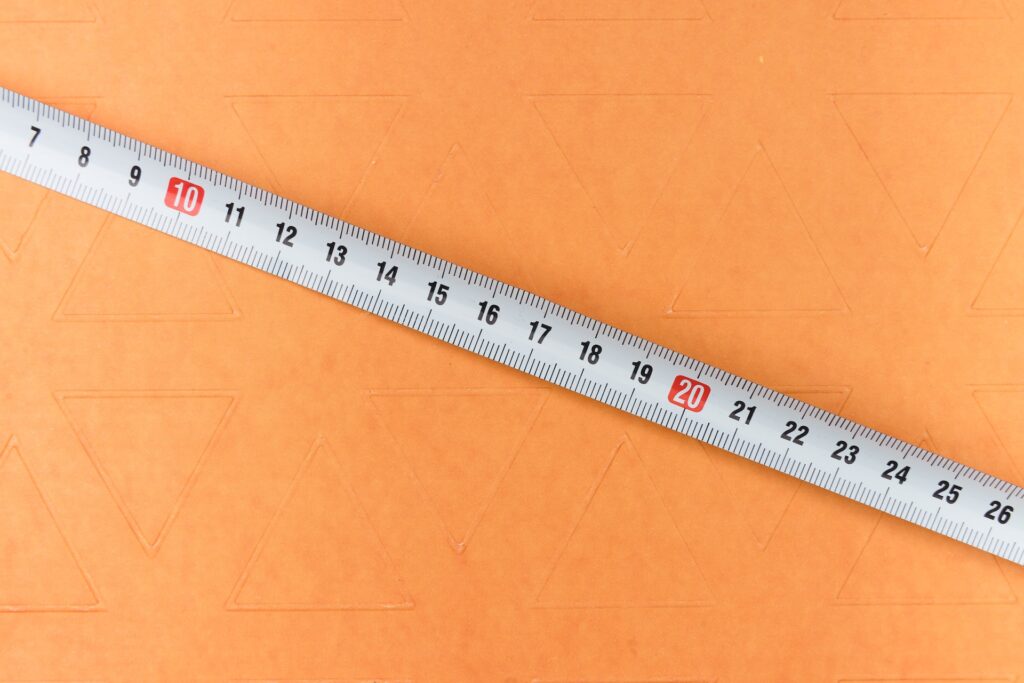目線を揃える事の重要性 – The importance of eye contact
Ruler of Value – ある不動産の価値を出来るだけ客観的に評価したとします。それは出来るだけ客観的に評価したものですので、他者との認識を合わせる事は比較的容易かも知れません(ただし、当該不動産の購入を検討しているなど、何らかの利害のある・予想される他者を除きます)。しかし利害関係を除く100人が等しく同意出来るというのは、価値の事だけでなく、なかなか難しいものかも知れません(だからこそ「出来るだけ」という表現にならざるを得ません)。
ある物件の価値を客観的に評価し、オーナーと目線(認識)を合わせて、今後の不動産活用戦略を立案していく(何もしないという選択肢を含め)事は非常に重要な事です(PROPUPのプロセス2に置いています)。
何故目線を合わせる事が重要であるかは、その戦略に基づいた実行結果の評価に齟齬が出ないようにするためです。平たく言えば、前提が揃っていなければ、結果の評価が人によってバラバラになってしまうという事です。結果がバラバラになるという事は、次のフィードバックに正当な理屈を与える事が不可能になります。
プロジェクト・マネジャー、またはプロパティ・マネジャーの立場からすれば、オーナーの代理として資産価値を高めるための業務を遂行する中で、肝心なオーナーとの足並みが崩れるばかりか、必須なはずの信頼関係が失われる事態となります。
プロパティ・マネジャーがある不動産価値について80ポイントという評価を下し、90ポイントに向上させるための戦略を立案したとします。しかしオーナーはその不動産価値を85ポイントと認識しており、結果の90ポイントを等しく認識出来たとしても、効果認識には5ポイントの差異が発生し、費用対効果の見方、マネジメント報酬の算定など諸々に不安定な要素が発生します。また、仮にオーナーが95ポイントまでの価値向上と認識し喜んで頂いたとしても、リーリングがより客観的な数値である90ポイントを反映した結果となれば、その喜びは一過性のものになりかねません。つまり、価値の相互認識は、現状・従後に渡って揃っていなければいけない事になります。
現状の資産価値を把握するためには、その資産を取り巻く諸々の要素について出来るだけ正しく、その影響度を計る必要があります。駅や道路からのアクセス、人流、法的制限など、行政に確認すべき事や、実際に足を運んだり、地図とにらめっこしたりする必要がありますが、いずれも「現状」「あるもの」の評価となります。
より難しいのは「従後」の価値を「事前に」評価し、目線を合わせておく事です。立案した戦略にどれだけの価値向上要素があるのか、必ずしも投資を大きくすれば素晴らしい結果が望めるものではありません。そこにはハード・ソフト両面のアイデアが求められますし、そのアイデアは現状を起点とした「より正確な」ものさしで測られなければなりません。
「ものさし」は英語で「ruler」です。物事を「ルールする」ためのツールという意味です。
価値のものさしを常にアップデートし、顧客にその精緻性を説明出来、顧客と一緒に図ろうとするという事を、我々「価値の番人」は心に留めておく必要があると思います。

The importance of eye contact
Suppose that the value of a certain real estate was evaluated as objectively as possible. Since it is an objective evaluation as much as possible, it may be relatively easy to agree on recognition with others (however, excluding others who have some interest or are expected to have some interest, such as considering the purchase of the said real estate). However, it may be quite difficult for 100 persons excluding the interest to be able to agree equally, not only about the value (that is why it must become an expression “as much as possible”).
It is very important to objectively evaluate the value of a certain property, and to develop a strategy for future real estate utilization (including the option of doing nothing) in line with the owner’s viewpoint (we put this in Process 2 of PROPUP).
The reason why it is important to align the eyes is to ensure that there are no discrepancies in the evaluation of the results of the implementation based on that strategy. In layman’s terms, if the assumptions are not aligned, the results will be evaluated differently by different people. If the results are inconsistent, it will be impossible to provide valid logic for the next feedback.
From the standpoint of the project manager or property manager, this not only results in a loss of alignment with the owner, but also in a loss of trust, which is essential while carrying out work to increase property values on behalf of the owner.
Let’s say the property manager has assessed the value of a property at 80 points and has developed a strategy to increase it to 90 points. However, the owner perceives the property value to be 85 points, and even if the resulting 90 points are equally recognized, there will be a 5-point difference in the perception of effectiveness, which will cause instability in the view of cost-effectiveness, calculation of management fees, and various other factors. Even if the owner is pleased with a value increase of up to 95 points, if the reeling reflects a more objective value of 90 points, the pleasure may be transitory. In other words, the mutual recognition of value must be aligned both currently and subsequently.
In order to understand the current value of an asset, it is necessary to measure the impact of the various factors surrounding the asset as accurately as possible. Access from train stations and roads, human flow, legal restrictions, and other factors need to be checked with the government, visited in person, or checked against a map, all of which are “as is” and “as available” assessments.
The more difficult part is to evaluate the “after” value “in advance” and keep an eye on the “before” value. It is not necessarily the case that a large investment will yield excellent results. This requires both hard and soft ideas, and these ideas must be measured with a “more accurate” scale based on the current situation.
We “value keepers” need to keep in mind that we must constantly update the value scale, be able to explain its precision to our clients, and work together with them to figure it out.
- AM/PM/BM/LM/FM/CM
- 工事区分について – Construction Classification
- About Long-term Repair Plan – 長期修繕計画
- 収支計算の際に大切なこと
- グレードアップについて – About Upgrades
